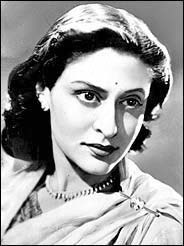What do you think?
Rate this book


186 pages, Mass Market Paperback
First published January 1, 1954



‘Well, and what if we gave in to our troubles at every step! We would be pitiable creatures indeed to be so weak, for is not man’s spirit given to him to rise above his misfortunes? As for our wants, they are many and unfilled, for who is so rich or compassionate to supply them? Want is our companion from birth to death, familiar as the seasons of the earth, varying only in degree. What profit to bewail that which has always been and cannot change?’Rukmani was a survivor; she knew the secret of life was to endure—patiently, quietly, lovingly.